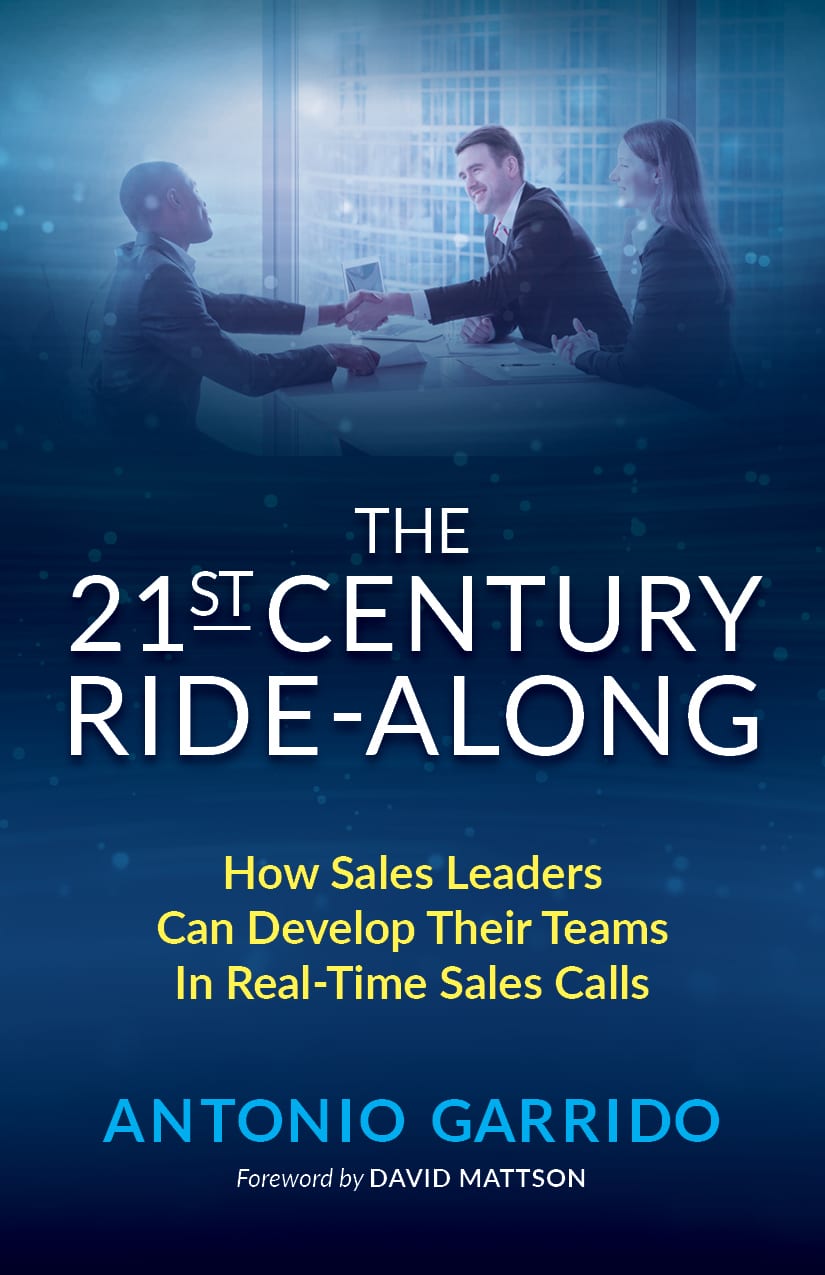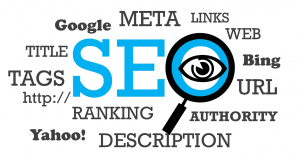In a Newly-Virtual World, Are Ride Alongs Still Important?

For those not familiar with the ride-along, or for those who underestimate their usefulness, imagine a professional football coach telling the club owner that, rather than watch the game unfold from the sideline, he’d much rather read all about it the following day in the sports pages. How long do you imagine that particular coach would last? In fact, all modern coaches not only watch the game from the sidelines, they also manage and attend the training sessions, the strategy sessions, help construct the playbooks, recruit the staff and players, etc: the same too of business leaders and senior managers, of course.
The best sales leaders recognize that spending time ‘in the field’ visiting customers with their team is a critical part of their job. The best customer service leaders are also extremely used to the desk-accompaniment listening to real-time, live calls with clients and prospects, and then spending time reviewing and coaching the particular operative. These ride-along scenarios have been standard operating procedure for most developmental companies for years. But, in these times of social-distancing, has dealing with COVID-19 and the almost world-wide mandatory working from home instruction, temporarily put ride alongs on-ice as it has so many other normal work behaviors? Not a bit.
Whichever sector, business, or business-cycle, managers and leaders should develop their people now more than ever.
Let’s not lose sight of the fact that lots of companies are thriving, actually booming, in the current climate: food distribution, medical supplies, cleaning-product manufacturers, video-conferencing, and a host of many others. These companies now, more than ever, need to capitalize on their upward growth-curve to ensure that the growth is well-managed and the organization does not come apart at the seams as the company struggles to keep pace with the growing demands put upon it. Managers and leaders should schedule more time than ever to ensure that quality-spills are minimized and that individuals are up to the increased task. Leaders are obliged to ensure that all opportunities are well managed, and that customers remain satisfied. How to do this? Highly structured and regular ‘virtual’ ride-alongs, of course.
Some companies are at a relatively steady-state of revenue – although still grappling with new methods of operating, processes, and people-management policies. Ride-alongs should be Standard Operating Procedure, and managers should ensure that. Just because the ride-along may now have to be supported by video-conferencing and other technological platforms, their usefulness is just as valid as ever. In fact, social distancing, and working from home practices now afford the manager even more opportunity to spend time with their people ‘in the field’ since the usual travel-time to and from the meeting is effectively removed. What a tremendous opportunity to spend more time increasing skills even more in this, our new normal.
For those businesses that are scrambling to pivot, or even survive, the next few weeks and months will be most telling. This is a critical time for many businesses ensuring that their supply-chain is as stable as possible, their customers are as well-communicated with as possible, and their sales and customer-service skills are as honed as possible. If there are fewer opportunities than ever before for these businesses, the importance of each opportunity increases proportionately, of course. This means that highly structured and regular role-plays, pre-call plans, and post-call reviews should now be mandatory.
Whatever business you are in, managers these days should be spending most of their time supporting their people in the field with customers, prospects, suppliers, and staff with incredibly structured and organized ride alongs. Virtual is the new normal: and virtual ride alongs are the new way to ensure that businesses are as well managed as possible during the global pandemic.
About the Author

For more information, please visit https://www.Sandler.com/resources/sandler-books/21st-century-ride-along/.




